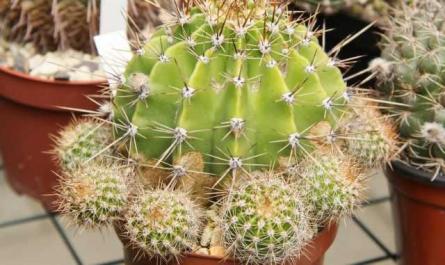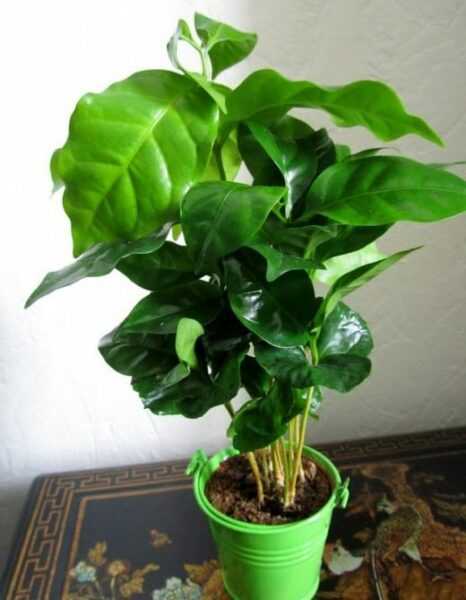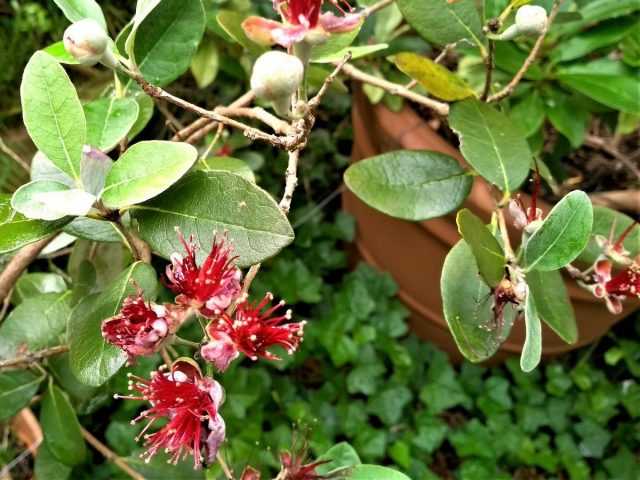The earwig is a mysterious creature with a reputation as an insect that you should stay away from. Surely, every person has seen this unpleasant insect at least once in his life, and summer residents meet him every season. Since childhood, most of us are accustomed to thinking that the earwig is dangerous, and its name is associated precisely with the harm it can inflict on a person. But in reality, this is not at all the case. We will talk in this article about the danger of the earwig for humans and plants, and whether it is dangerous in principle.
Are earwigs dangerous or not?
Contents:
The main features of the common earwig
In total, there are about 500 different types of earwigs in the world. In our summer cottages, we most often deal with only one species of this insect – common or European earwig (Forficula auricularia). As the name suggests, these insects are native to Europe. But today the common earwig can be found on all continents (except Antarctica), and their habitat continues to expand, including the common earwigs have even been found on islands in the Pacific Ocean.
The insect’s habitat includes forests, farmland and garden areas. During the day, European earwigs prefer dark and humid places in which they rest and hide from predators. During the mating season, females prefer to choose rich loose soil in order to burrow in them and lay eggs.
European earwigs have an elongated body of 12 to 15 millimeters reddish-brown. Insects have three pairs of yellow or brown legs, consisting of three segments. Earwigs have small but complex eyes, which allows them to use their vision to navigate their surroundings. Two antennae, consisting of 14-15 segments, are also an important sensory organ. The mouth apparatus is gnawing.
The earwig is able to fly as it has a fully developed set of wings (membranous wings and leathery elytra). However, flying earwigs look awkward, because their wings are not as efficient for flying as, for example, a fly. If necessary, earwigs make a series of very short flights, but do not fly continuously over long distances. If insects have a lot of food and a suitable safe shelter, they prefer to stay in place and not rise into the air.
The most characteristic feature of the earwig, which makes it a very recognizable insect, is the pincers or ticks that protrude from the abdomen and are used for protection and during mating rituals (scientifically, they are called cerci). The size of the forceps can be used to distinguish the male from the female, as male ticks are longer and curved than female ones.
Mostly, the cerci are used for self-defense. If the earwig encounters danger, it arches its abdomen, raising its weapon above its head. In addition, ticks are used to hold the prey while it is being eaten.
Courtship rituals using forceps are as follows: males wave and “click” the forceps in the air, stroking and grabbing the female with them. However, mites are not used directly in the mating process. Interestingly, sometimes during mating, another male appears and uses his forceps to pull the mating male away and take his place. When female European earwigs sense that their offspring are threatened by a predator, they also use their tongs as a weapon, quickly joining them together.
Note: because of a pair of developed mites, resembling tails from a distance, the earwig is often called “two-tailed” among the people. However, real two-tailed insects are completely different insects, belonging to the subclass of entognatous (occult-maxillary).
European earwigs are nocturnal. During the day, they hide in dark, humid places, such as under stones, boards, logs, fallen fruit, dense plants, and other similar places. At night they go out to hunt or gather food.
European earwigs feed on the chewing mouth apparatus, and they are omnivorous, at the same time being scavengers and predators. Their diet contains other organisms, both dead and living, including aphids, various larvae, ticks, spiders and protozoa. In addition, earwigs feed on both living and decaying plants and their fruits, including fruits, flowers, and lichens.
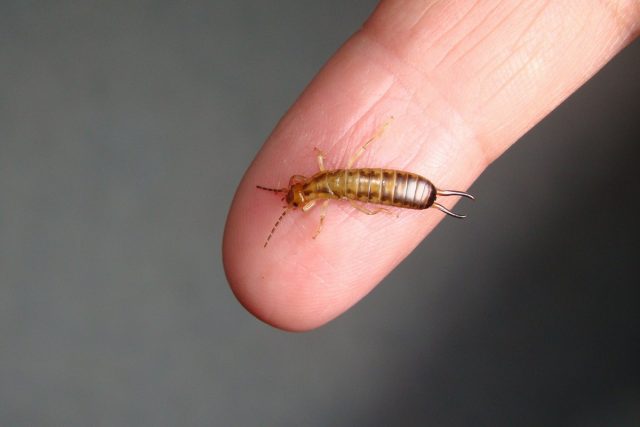
Is an earwig dangerous for humans?
In addition to the “earwig” or “two-tailed”, some peoples called this insect “earworm” or “ear gnaw”. Scary word-of-mouth stories about this insect lead people to believe that this insect is very dangerous. Most often, you can hear the stories that earwigs get into people’s ears while they sleep, gnaw through the eardrum and can enter the brain.
Fortunately, this is a myth with no scientific basis. The name “earwig” was actually given on the basis of the similarity of the hind wings of an insect and the structure of the human ear.
With their intimidating forceps sticking out of their belly, earwigs can seem like dangerous insects, and many wonder if earwigs can bite? As mentioned above, pincers are used for protection, and if you frighten or pin down the earwig, it will use forceps to defend itself. However, these are not bites per se and cannot be compared to insect bites with a sting or biting mouth apparatus.
Earwigs cannot really sting, since they have no sting and no poison. As for the plucking with pincers, they can sometimes be painful, especially if the male with developed cerci is pinching. The very act of pinching with forceps can cause some discomfort, and nothing more. However, in some cases, the skin may be damaged before blood.
If a wound remains after the attack of the earwig, then it is better to treat it, like any scratch. This is due to the fact that earwigs live in the soil, and microbes with soil particles can get on the wound. An antibacterial cream or spray can be used to disinfect. As a rule, it is not necessary to see a doctor, since earwigs do not spread disease and such damage does not cause allergies.
Thus, you do not have to worry that earwigs can penetrate the ears, lay eggs there or penetrate the brain, this is not true, and such phenomena have not been recorded. Perhaps the greatest danger earwigs pose to garden plants, as these insects love to eat parts of them.
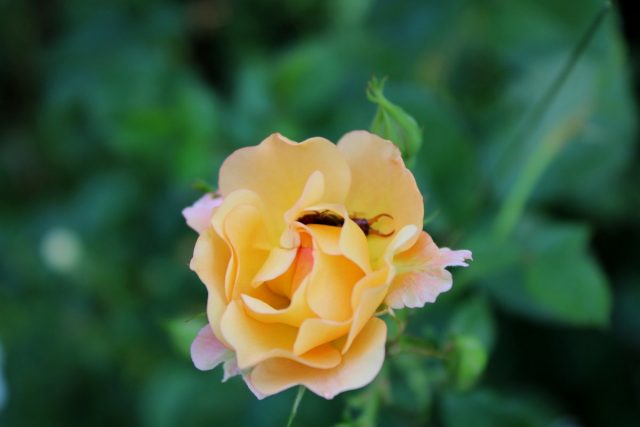
What plants damage earwigs?
At high numbers, the earwig causes significant damage to crops, flowers and orchards. Of vegetables, the earwig prefers potatoes, cabbage, cauliflower, Swiss chard, celery, lettuce, beets and cucumbers. Earwigs love young plants most of all and can gnaw seedlings. They also readily consume corn silk, as a result of which they can damage the cobs.
As for fruits, they damage apple and pear orchards the most. In addition, they harm young plum and peach seedlings in early spring by eating flowers and leaves at night when other food is scarce. Of the ornamental plants, they prefer rose petals, carnations, dahlias and zinnias. Earwigs can often be found sandwiched among the petals of freshly cut flowers.
Leaves, eaten by an earwig, become uneven and full of holes. Usually damage can be found in the morning, as the insect feeds at night. The leaves will be partially eaten. You can also see a scattering of earwig excrement in the form of small black balls near the plants. Earwigs themselves can be found under pots or stones during the day.
Damage is often especially intense in rainy weather, which causes earwigs to seek dry shelter and climb onto plant leaves, starting to feed on them as well.
Earwig injuries are very similar in appearance to injuries by slugs and snails. The main difference is the presence of shiny traces of mucus on the foliage, which means that snails were operating here at night.
Read also our article Hotel for beetles – a garden house for beneficial insects.
Can earwigs harm indoor flowers?
Earwigs can enter human housing on their own in search of food or due to changes in the weather, getting inside through open doors. Because earwigs prefer cool, damp places, they are most likely to enter homes during long dry periods. You can also accidentally bring the earwig into the house on your own, when the mother liquors are brought into the room for the winter in the autumn. In this case, insects can hide in the soil inside the pot, or they can hide in a saucer under a container.
For a prosperous existence, earwigs need a constant positive ambient temperature, a substrate with a high moisture content and food, which, in principle, provides a room where indoor flowers are kept. Therefore, insects, once in the house, can stay there for a long time.
During the daytime, earwigs are usually found under flower pots in saucers that are used to collect water under containers, as it is a damp and dark place, protected from the sun. Earwigs can feed on decaying vegetation washed through the humus soil in the bottom layer of the pot soil, but this may not be enough for them, and earwigs can attack young indoor plants and, especially, seedlings.
If it turns out that earwigs live in flower pots, then remove the plant and shake out insects outside, transplant the flower into fresh soil, check saucers and soil of other indoor plants for other earwigs or eggs and remove if found. Also in the room where the earwigs were found, turn over and inspect the edges of the carpet to make sure no insects are hiding there. If found, they can be removed with a vacuum cleaner and shaken out of the dust bag outside the house.

Why earwigs are useful
Although European earwigs are harmful to plants, they also have some positive aspects. In particular, they are important orderlies in the ecosystem, feeding on almost anything edible, including decaying animal and plant debris.
Aphids, which can cause serious damage to cultivated plants, are the main diet of European earwigs. In this way, common earwigs can help control the aphid population, thereby reducing the damage that these vicious sucking pests do to crops. In addition to aphids, earwigs destroy many insect eggs and larvae, which can also belong to various pests.
Read also our article Ground beetles – tireless helpers in our garden.
Fighting earwigs in the garden
Prevention The most important part of dealing with earwigs is removing their hiding places so that too much plant debris, planks, sawn tree trunks and other things do not remain on the site that could serve as shelter for them.
If earwigs have already chosen your garden, try the following remedies:
- Place pieces of garden hose about 20 cm long on the beds between the plants. Check these traps every morning and shake the earwig into a bucket of soapy water.
- To protect large plants, apply petroleum jelly to their stems to prevent earwigs from crawling on it.
- If insects have infested your woodpile, try spraying it with borax, but then keep pets and children away from the area.
- Oil pit traps are also an excellent remedy for earwigs. Combine equal parts soy sauce and vegetable oil in a small plastic container and close it with a lid. Punch holes in the top of the container next to the lid to allow earwigs to get inside. Bury the container in the soil at the level of the holes. The soy sauce will attract earwigs and the oil will keep them from coming out. Change the mixture to a new one periodically.
- Alcohol can penetrate the wax layer of the insect’s integument and kill it by direct contact with the body. To make an insecticidal spray, mix equal parts of 70% alcohol and water (or, if you are using 95% alcohol, mix 1 part alcohol with 1 ½ part water).
- Earwigs are also susceptible to diatomaceous earth (diatomaceous earth is sold in garden stores), so you can protect plants by sprinkling a ring of powder around the bushes if the soil is dry enough. In wet weather, diatomaceous earth is ineffective.


